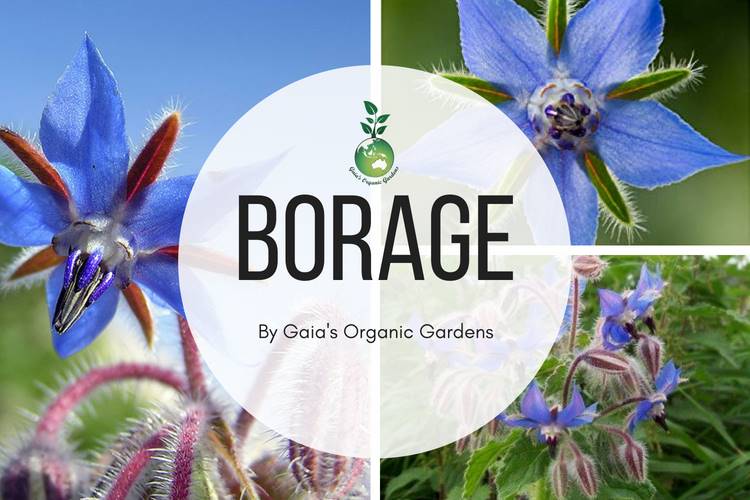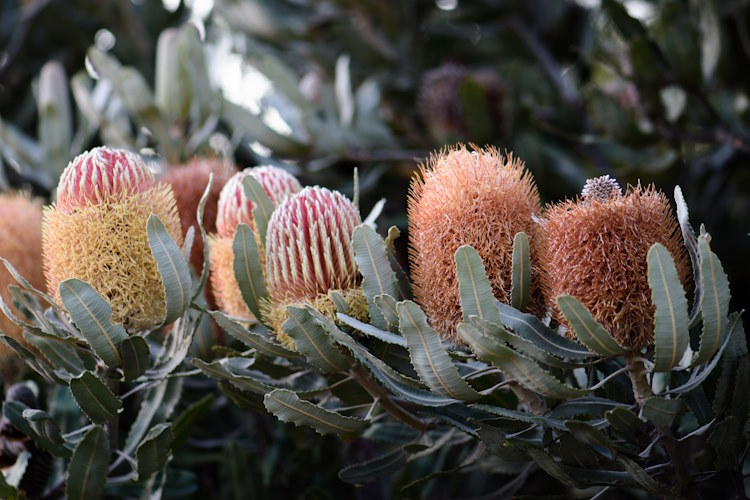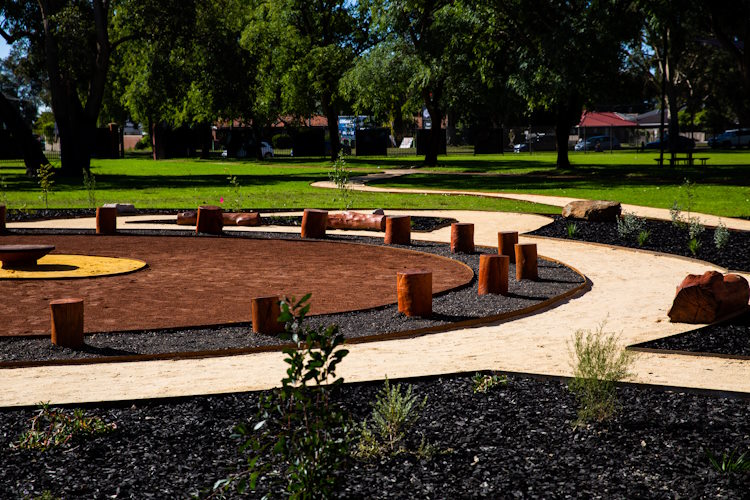Borage is a beautiful plant to have in your garden. Borage (Borago officinalis), also known as starflower, bee bush, bee bread, and bugloss. Borage seed oil has been used for years as treatment for fever, cough, and depression as well treating skin disorders including eczema. The flowers and leaves are edible even honey bees love them!
How to plant Borage
Borage is easy is to grow. It is best planted at soil temperatures between 10°C and 25°C. Sow seed at a depth approximately three times the diameter of the seed and the space plants should be 20 cm apart. Borage does not survive in the winter but you don’t need to buy any more seeds as it self seeds spreads around the garden.
Companion Planting
Borage is a good companion plant to tomatoes. It protect or nurse legumes, spinach, Kale, and even strawberries.
Uses:
Borage as Medicine:
Evidence show that borage seed oil in together with anti-inflammatory medications might help decrease symptoms of Rheumatoid arthritis. The improvement appears to last for up to 24 weeks.
This herb has the highest known plant source of gamma-linolenic acid (an Omega 6 fatty acid, also known as GLA). It is also a source of beta-carotene, B vitamins, and choline. It is also used to stimulate breast milk production and as an adrenal gland tonic which can relieve stress and depression.
Borage can also be used to treat gastrointestinal issues such diarrhea and cramping.
Borage as Food
Borage can be used as either dried herb or fresh vegetable. It can be used to garnish or as green salads, soups, pasta and various sauces. The flowers make a pretty drink decoration when frozen or can be served raw.
Side Effects & Safety
Borage seed oil is safe when taken by mouth or applied to the skin appropriately. There are no adverse effects have been reported. Although no direct evidence is available, caution is advised in for pregnant women and patients with epilepsy.





